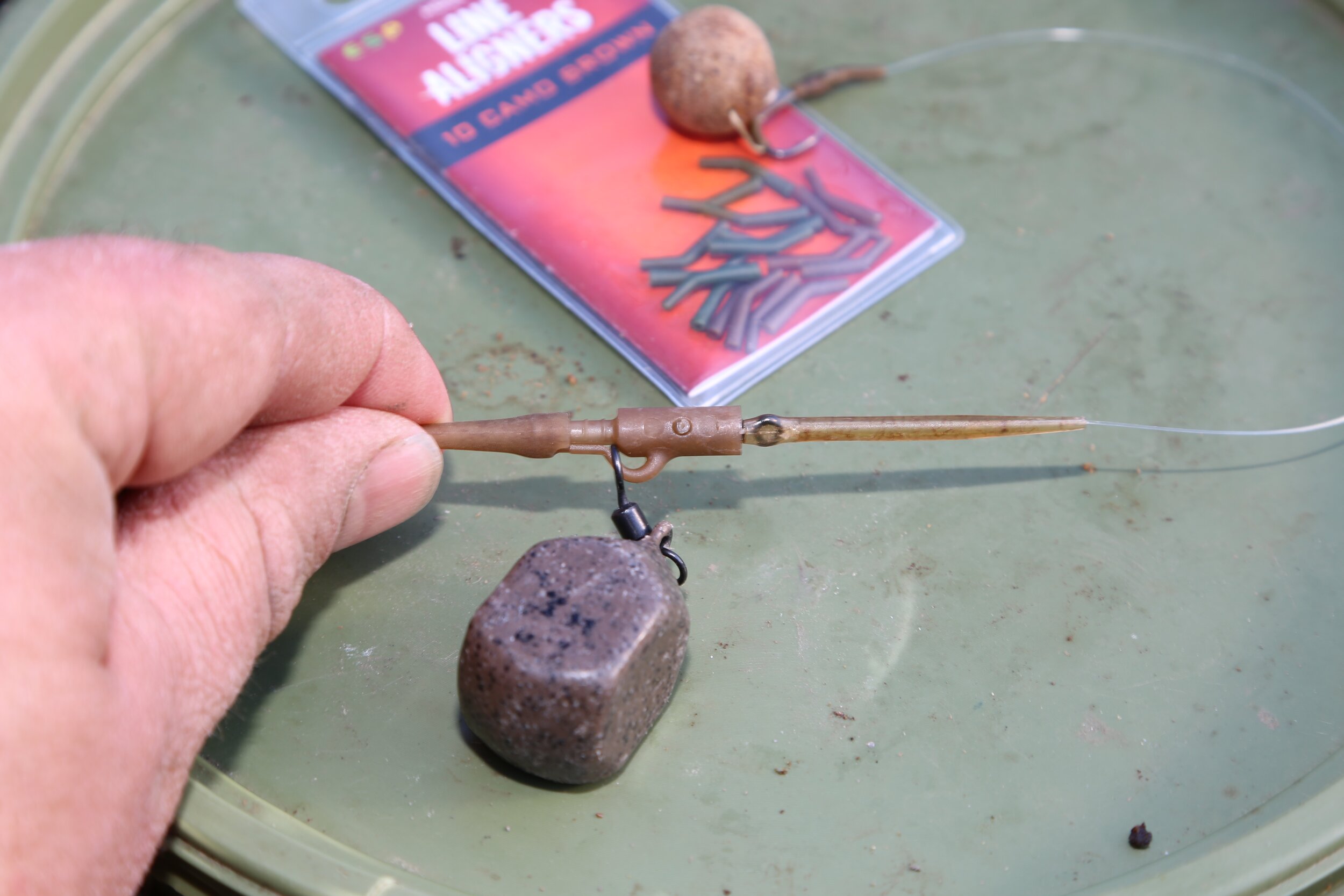Carp Fishing Tips | Baits and Rigs to get started - Hassan Khan
"I have just started getting into carp fishing, there are so many rigs and boilies out there, is there a basic set-up to get me started?"
With the amount of information available out there via magazine and the internet, I can see how things can be confusing but here's my simple recommendations.
In terms of rigs, a great starting point would be a simple knotless knot/hair rig. Have the bait (boilie) on the hair rig, so that it just brushes the bend of the hook. Have the rig around 7-inches in length and use it in congestion with a simple lead clip system.
A simple hair rig is adaptable and will catch plenty of carp. You can attach as many baits as you like. Fish with PVA bags or mould some paste around the hookbait.
A lead clip system is reliable and safe for the fish
When it comes to bait, we are very fortunate in that all boilies that are produced by the major bait manufacturers nowadays are proven fish catchers.
As a guide rule, there’s two types of boilie…
Fishmeal boilies (e.g. Sticky Baits The Krill), are rich nutritional meaty/fishy/savoury smelling baits, which are often preferred in warmer water temperatures, but can be used in cold water in smaller quantities.
Fishmeal boils are often preferred in warmer temperatures
Birdfood based boilies, (e.g. Mainline Cell), these are often sweet/nutty in flavour and can be used all year round.
Birdfood/milk protein based boilies can be used all year-round but are favoured in the winter months
My advice would be to pick one based on your preference or what’s catching on your water and stick with it, don't fall into the trap of continually changing.
Get out there and try carp fishing!
Carp Fishing Tips | Bait for post-spawning carp - Simon Scott
Spawning is a highly energetic and physically demanding event for the carp. Females will have been through an incredibly stressful few days, as their ovaries go through the last stages of preparation for ovulation and then they actually spawn, releasing their eggs. It is common for both male and female fish to lose scales along their flanks and to scratch themselves during the rough and tumble of spawning.
Spawning is a highly energetic and physically demanding event for the carp
These physical injuries mean that their ability to regulate their internal salt/water balance may be compromised. The injuries also create holes in their bodies, which could become infected.
So spawning is a potentially dangerous time for carp and after they have finished they will need to rebuild their strength and heal any damage. Because of this they are often really hungry, and they commonly feed hard in the weeks following spawning in order to regain strength.
After spawning carp will be very hungry!
To capitalise upon this big feed-up it’s best to use a high-quality bait to give the fish lots of nutrients – for example, high-quality fishmeal boilies or pellets. These will be very popular with the fish which will, of course, all benefit from the quality of the feed.
If the weather is not too hot and the fish are clearly feeding hard, don’t be afraid to give them a fair bit of bait – they will thank you for it, and you might just catch a fair few along the way.
High-quality fishmeal boilies are best post-spawning








